Every year in Vietnam, about 1.8 million tons of plastic waste are discharged into the environment. The classification, collection, recycling and treatment of plastic waste are still limited, up to 90% of plastic waste is treated by burying, filling, burning and only the remaining 10% is recycled. Meanwhile, 90% of scrap collectors and pickers are women, a profession that is exposed to a toxic environment, affecting health.
In work and daily life, women are exposed to the environment more than men. With a more sensitive biological nature than men, women are more affected by the environment, especially when the environment is polluted and degraded.
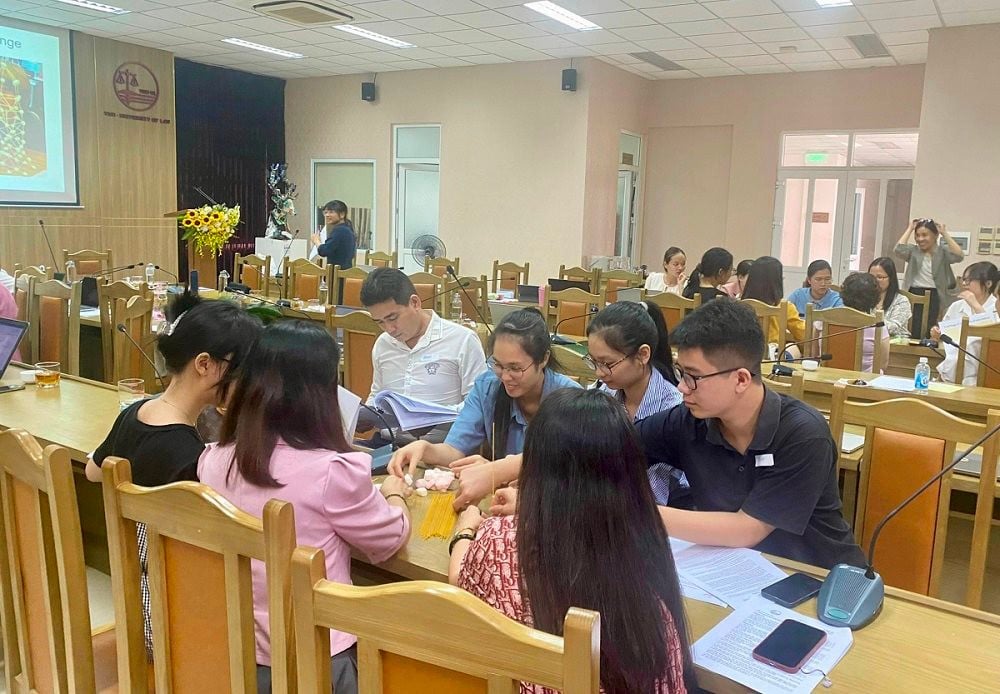
According to Associate Professor, Dr. Nguyen Thi Que Anh - Principal of the University of Law - Vietnam National University, Hanoi: "Objectively speaking, women are the active factor, the important force in environmental protection work. Because they are the ones who use, approach, and solve daily tasks related to waste, domestic water, sanitation and family care. They are considered the firsteducators , so from the perspective of producers, consumers, or managers, they all play an important role in preserving and protecting the environment, protecting public health".
At the training program, delegates were introduced and learned more about: Policies to reduce plastic pollution in Vietnam's marine environment; Plastic waste management policies, extended responsibilities of manufacturers and importers as well as experiences in implementing extended responsibilities of manufacturers to prevent, reduce and eliminate marine pollution from plastic waste in the world .
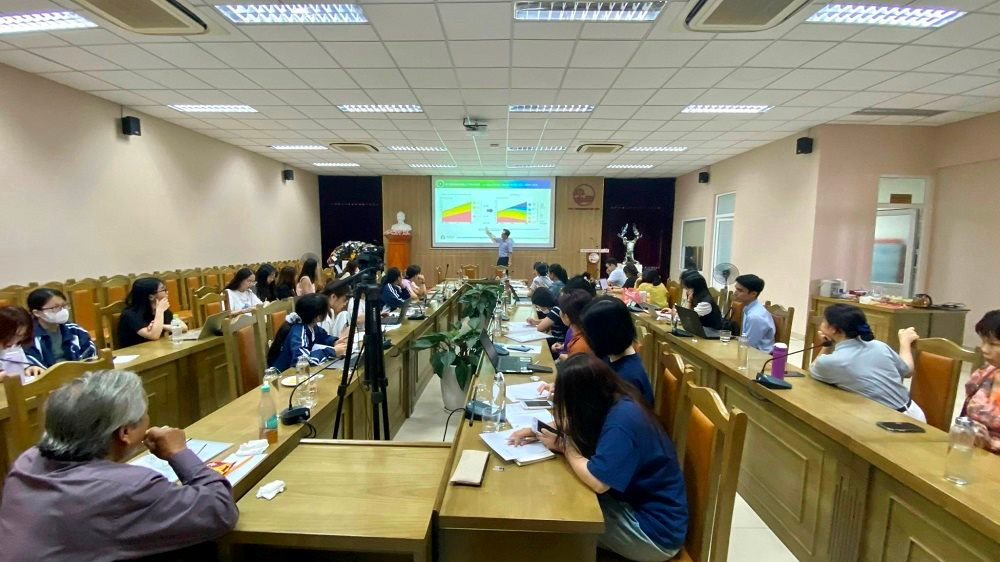
According to Mr. Luu Duc Anh, Vietnam Administration of Seas and Islands ( Ministry of Natural Resources and Environment ), currently, the policy to reduce plastic pollution in Vietnam's marine environment is stipulated in many different legal documents such as: Law on Environmental Protection 2020; Resolution No. 36/NQ/TW in 2018 of the 8th Central Conference, Session XII on the Strategy for sustainable development of Vietnam's marine economy to 2030 with a vision to 2045; Resolution No. 26/NQ-CP in 2020 of the Government promulgating the Master Plan and the 5-year Plan of the Government to implement Resolution No. 36/NQ/TW; Decision No. 1746/QD-TTg in 2019 of the Prime Minister approving the National Action Plan on ocean plastic waste management to 2030; Directive No. 33/CT-TTg of 2020 of the Prime Minister on strengthening the management, reuse, recycling, treatment and reduction of plastic waste...
In particular, Decision No. 1746/QD-TTg of the Prime Minister aims to reduce 50% of plastic waste in the sea and ocean by 2025; 50% of lost or discarded fishing gear is collected; 80% of tourist areas, destinations, tourist accommodation establishments and other coastal tourism services do not use disposable plastic products and hard-to-decompose plastic bags; ensure at least twice a year to launch campaigns to collect and clean beaches nationwide; 80% of marine protected areas are free of plastic waste.
By 2030, reduce 75% of waste in the sea and ocean; 100% of lost or discarded fishing gear is collected, ending the practice of dumping fishing gear directly into the sea; 100% of tourist areas, destinations, tourist accommodation establishments and other coastal tourism services do not use disposable plastic products and hard-to-decompose plastic bags; 100% of marine protected areas are free of plastic waste.
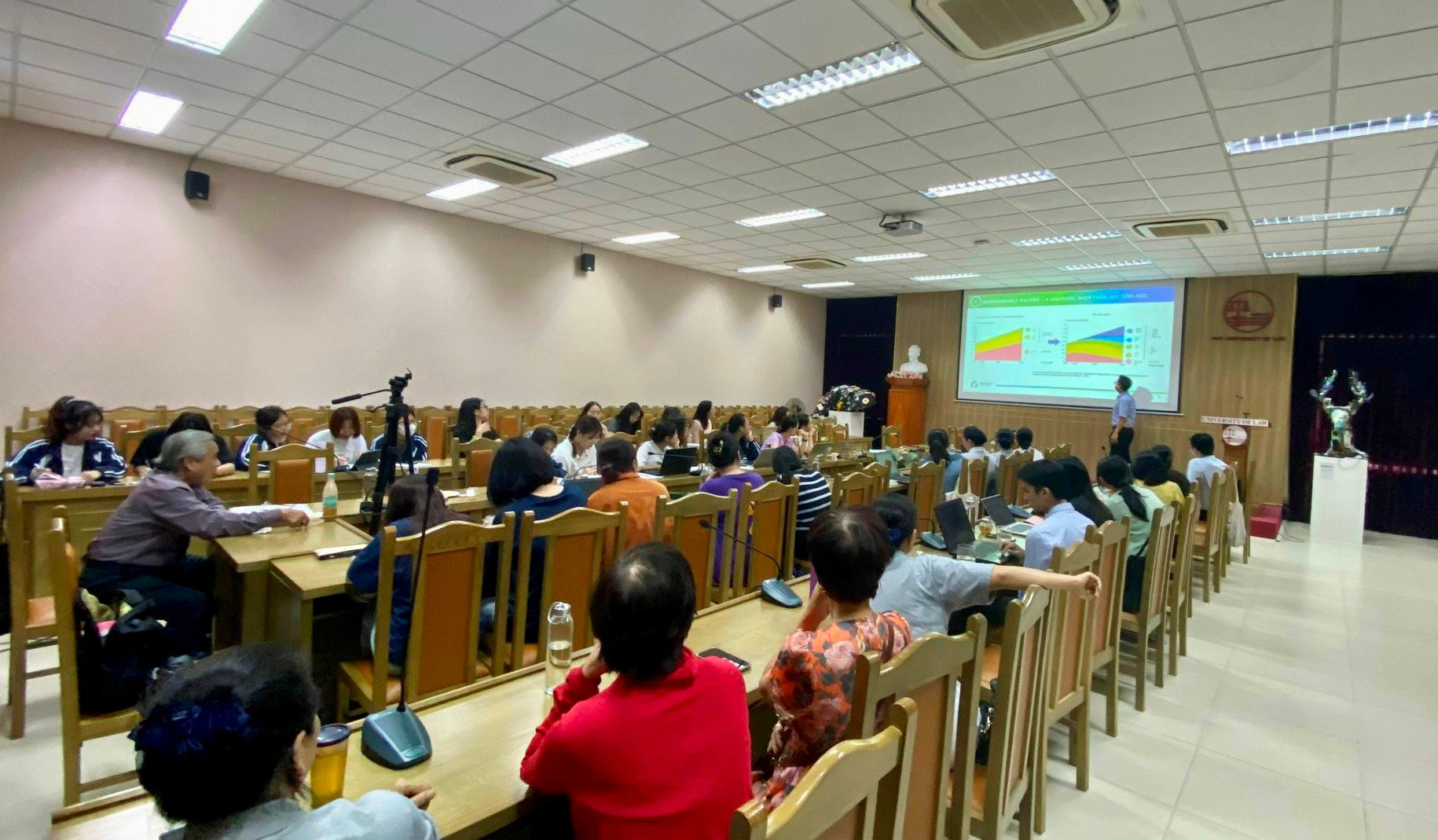
Sharing more about the policy on plastic waste management and the extended responsibility of manufacturers and importers, Mr. Nguyen Thi - Department of Legal Affairs (Ministry of Natural Resources and Environment) said: Extended Producer Responsibility (EPR) is an approach to environmental policy in which the responsibility of the manufacturer of a product is extended to the disposal stage in the life cycle of that product.
EPR requires producers to be responsible for managing products after they become waste, including: collection; pre-treatment such as sorting, dismantling or decontamination; (to prepare for) reuse; recovery (including recycling and energy recovery) or final disposal. In other words, EPR shows that the producer's responsibility does not stop at the product, but extends to post-consumer waste management. It is entirely reasonable that post-consumer waste management should be the responsibility of the producer, where the waste is generated, rather than the responsibility of the Government as in the past.
Although it was included in the 2005 Law on Environmental Protection, the 2020 Law on Environmental Protection stipulates the new EPR in more detail and in a more uniform manner. Articles 54 stipulate the recycling responsibilities of organizations and individuals producing and importing, and Article 55 stipulates the collection and treatment responsibilities of organizations and individuals producing and importing.
According to Mr. Nguyen Thi, if implemented well, EPR is an effective solution to help solve the current plastic waste problem and lay the foundation for a circular economy in Vietnam.
In addition, delegates attending the program also shared about the role of women in the informal sector and policies and laws related to waste treatment in Vietnam; Gender mainstreaming in preventing, minimizing and eliminating marine pollution from plastic waste; Business perspectives on the current situation and difficulties in implementing legal regulations on extended responsibility of manufacturers related to the life cycle of plastic products...
Source


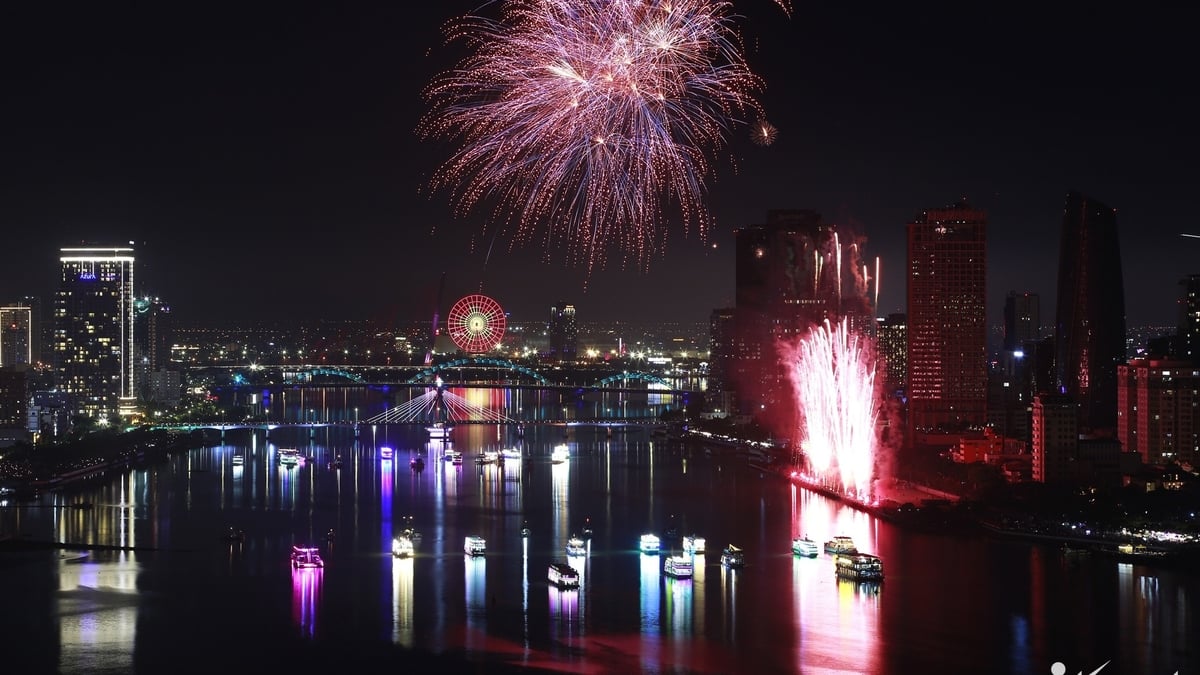









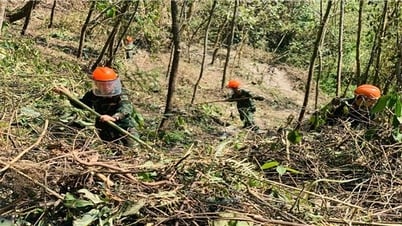




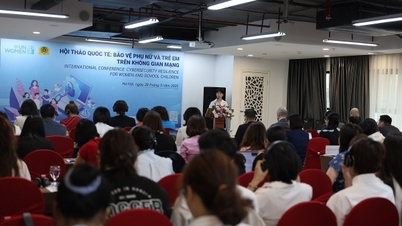




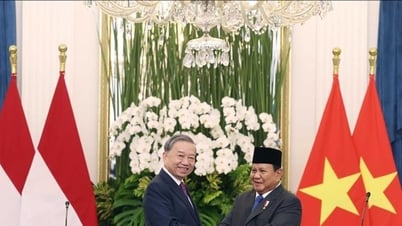
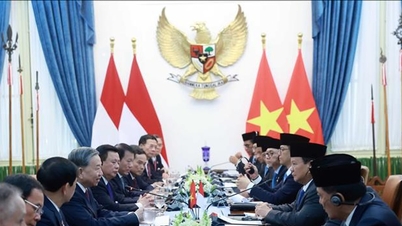

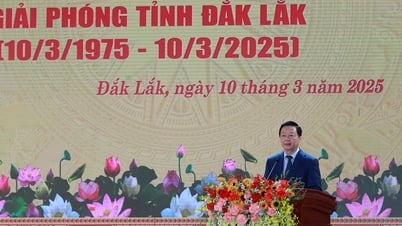
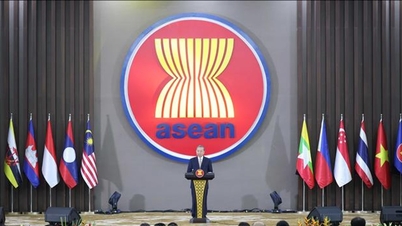
































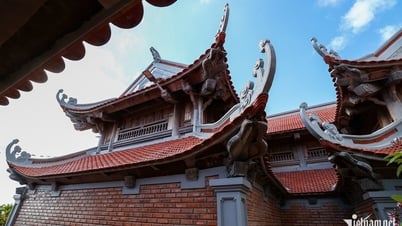



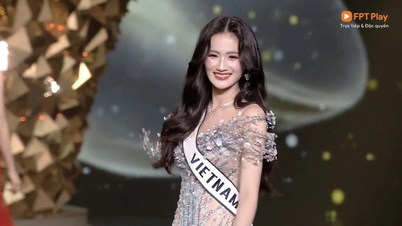








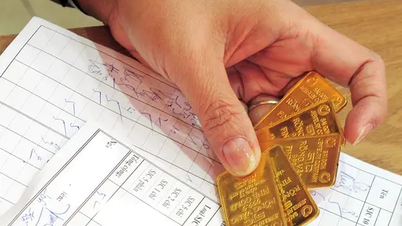





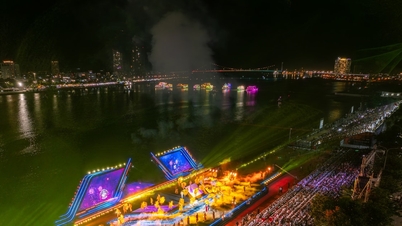

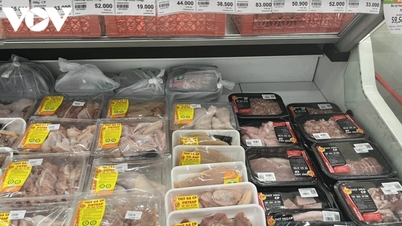


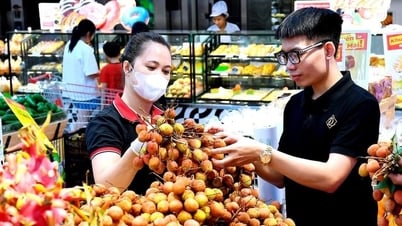








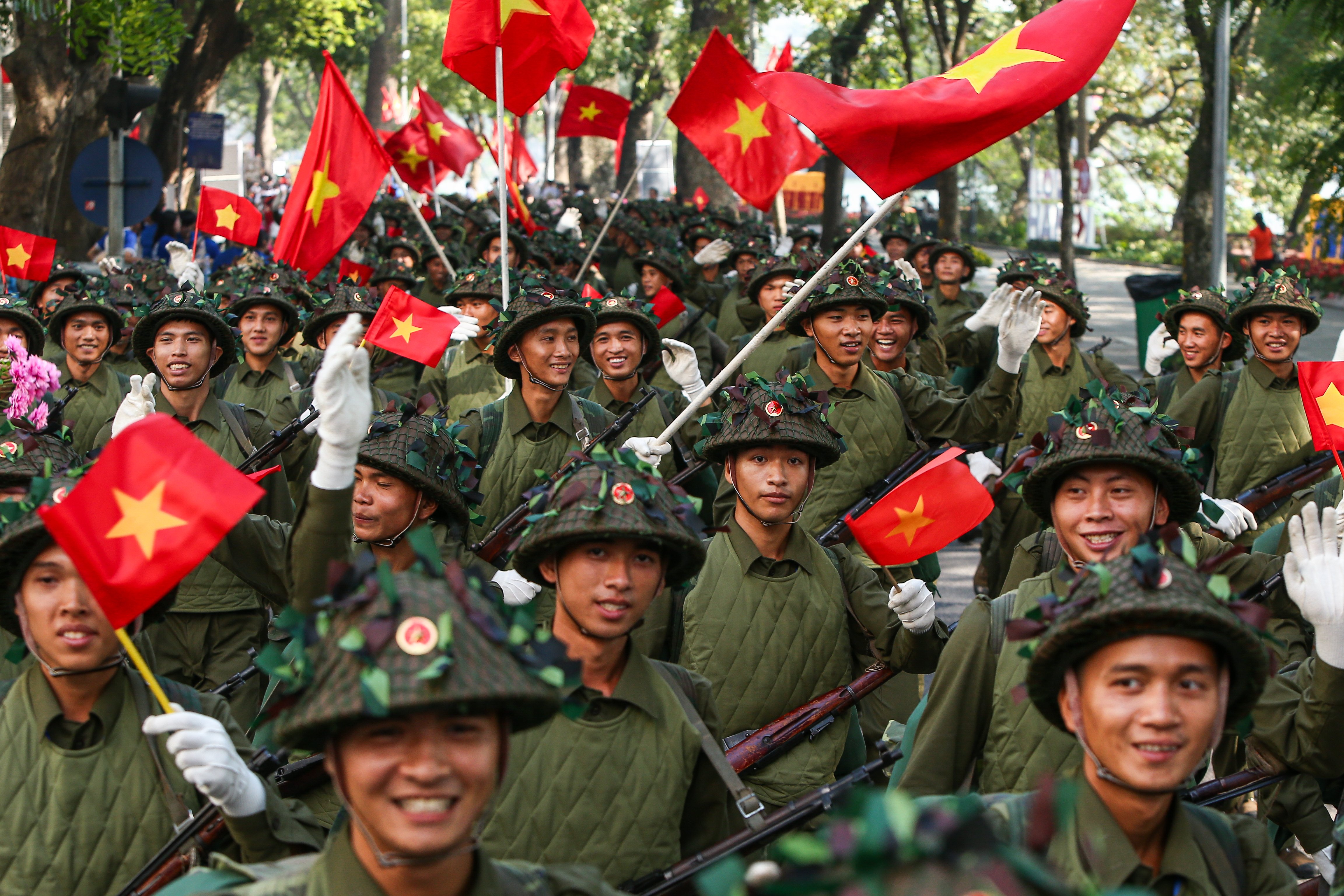



Comment (0)